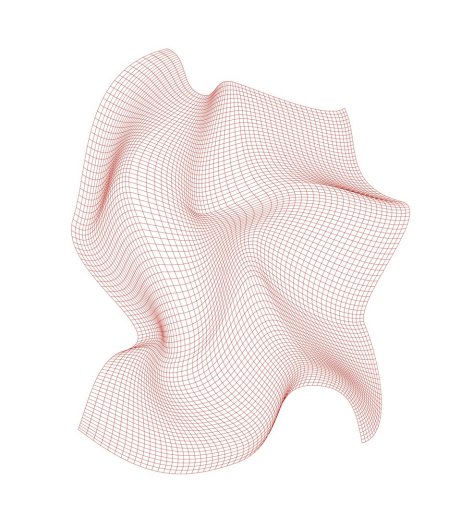Florian Roithmayr
The imprint as unforeseeable gesture
Moulding and casting are widely used techniques of modern and contemporary sculptural practices. But their applications are also employed beyond the disciplinary art canon, in areas not immediately associated with art making. The ambition of this research project is to imagine and present the imprint as an unforeseeable gesture occurring in the interstice between mould and cast.
Featured Media


Courtesy of MOTINTERNATIONAL, London





Courtesy of MOTINTERNATIONAL, London



By imprint I mean the production of one form or configuration through another, the potential of a direct physical transfer, similar to making marks or leaving traces behind; the technical, symbolic or existential paradigm established between a model, the mould taken from it, and the shape, surface and volume it calls forth in the cast produced through it; the consequences of touch, reaching out, being in contact; the motivation for marking, the operation of a sign, the consequences of a trace; the possibility to proliferate, be distributed and form genealogy. As impression, the imprint also indicates a transformation, the surrender to change – subtle as it might be. The imprint, in short, is the result and the consequence of one surface, material or body yielding another.
By gesture, I mean an activity, a mode of communication or exchange between two or more figures, shapes or materials. Maybe this occurs in silence, possibly unheard-of, often outside of language, or symbolized without the use of language. Gestures involve bodies, or at least the movement of bodies, and then their coming to a halt in postures; perhaps – as image or as sign – indicating and tracing an approach, an adjustment or separation; a coming-together and then coming-apart again. Through their motivational force, gestures might participate in and drive complex material apparatuses, and sustain their operation in social networks beyond the immediately given. The gesture, in short, suggests what needs to be done, an activity that resolutely, and unavoidably, demands and expresses my attention.
By unforeseeable I mean surprising, unexpected and unpredictable developments. Progress is disordered, interrupted, non-linear: it is difficult to establish, and recapitulate a chronological or sequential trajectory. There are intuitive and speculative consequences that develop so quickly that words cannot be attached to them. As an operation, there are not always clearly identifiable precursors, and one cannot immediately imagine successors; the operation is difficult to observe, sometimes impossible to witness; aims and objectives are postponed indefinitely; results remain to be seen at a later stage. The motivation is often based on heuristic discovery rather than recognition. Situated in the dark, underground, or the periphery, the unforeseeable is often secluded, withdrawn to the point of invisibility, and has its own kind of public.